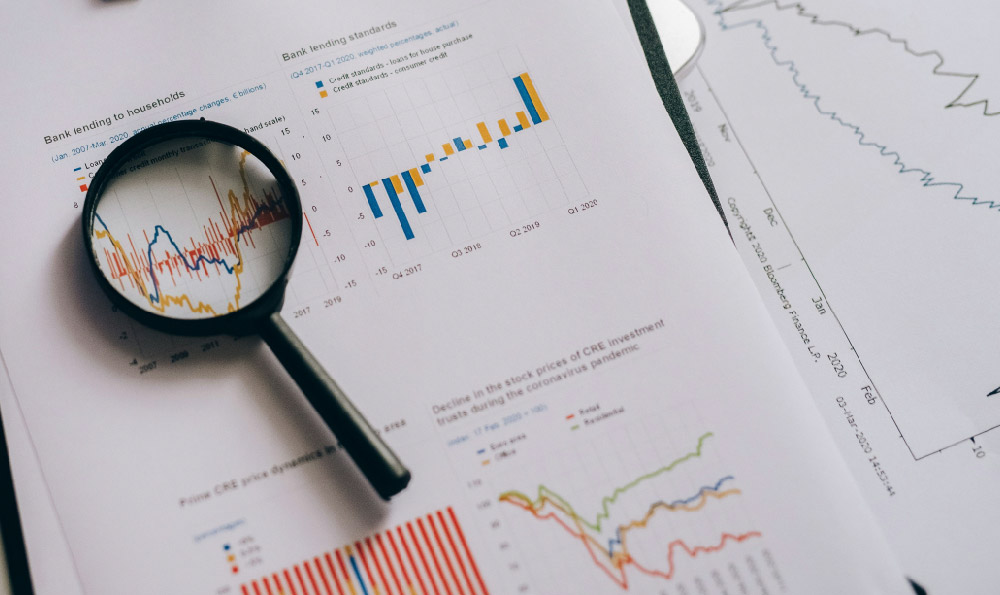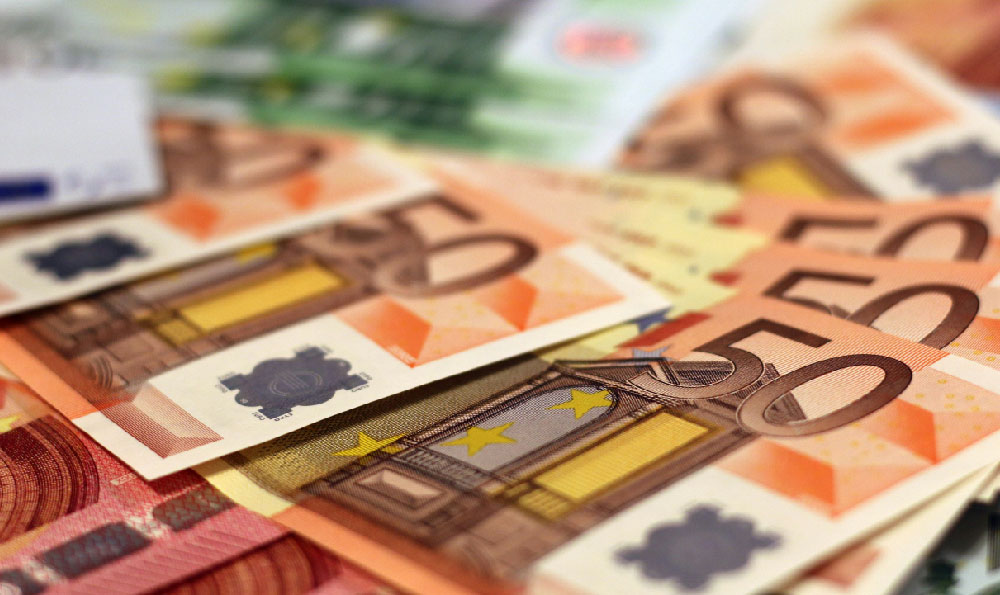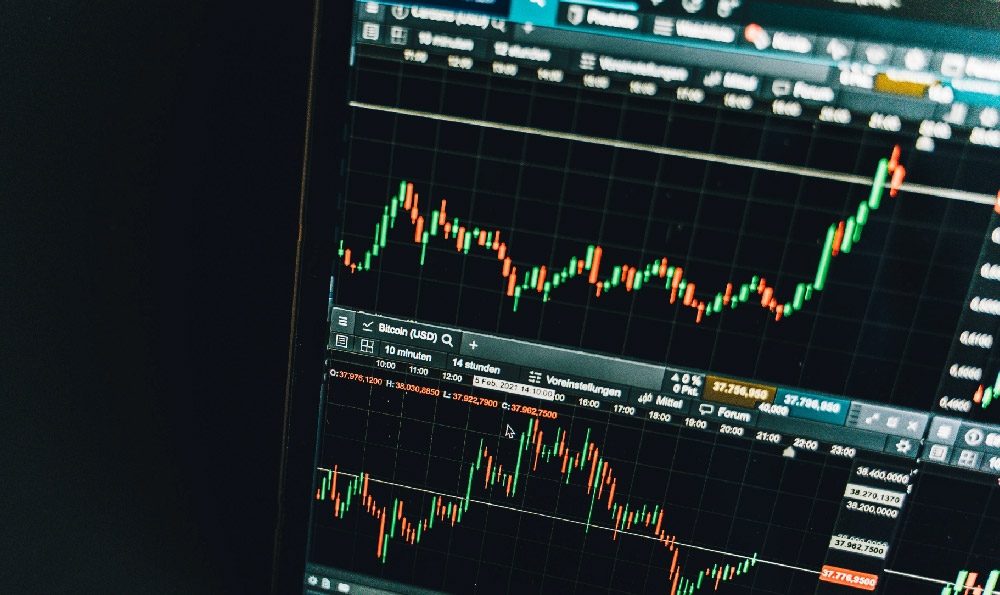The Mafia, a term encompassing various organized crime syndicates around the world, most notably the Sicilian Mafia (Cosa Nostra), the American Mafia, the 'Ndrangheta from Calabria, and the Camorra from Naples, thrives on a business model built upon illicit activities and the exploitation of legal and illegal markets. Understanding their revenue streams provides a glimpse into their operational structure and the scope of their influence. While the specifics may vary depending on the geographical location and the specific organization, there are core activities that consistently contribute to their financial gains.
One of the most historically significant and still relevant revenue streams is extortion, often disguised under euphemistic terms like "protection money" or "pizzo." Businesses, both large and small, are forced to pay a percentage of their earnings to the Mafia in exchange for "protection" from vandalism, arson, and violence. This protection, of course, is a threat the Mafia itself poses. Refusal to pay can lead to serious consequences, ranging from property damage to physical harm, or even death. This creates a climate of fear and dependency, ensuring a steady income stream with minimal risk. The insidious nature of extortion lies in its impact on the local economy, stifling legitimate businesses and fostering an environment of corruption and distrust. Small business owners, fearing retaliation, often refrain from reporting these activities to the authorities, allowing the Mafia to operate with impunity. The collected funds are then used to finance other criminal activities and enrich the members of the organization.
Another crucial area of Mafia profitability is drug trafficking. The demand for illicit drugs creates a lucrative market, and Mafia organizations are deeply involved in the production, transportation, and distribution of narcotics. They establish connections with drug cartels in other countries, manage smuggling routes, and control distribution networks within their territory. The profits from drug trafficking are enormous, enabling them to accumulate vast wealth and expand their influence. Competition in the drug trade can be fierce, leading to violence and turf wars between rival organizations. However, the potential rewards are so high that the risks are considered acceptable. The social consequences of drug trafficking are devastating, contributing to addiction, crime, and public health problems. The Mafia's involvement in this industry fuels a cycle of violence and despair, tearing apart communities and undermining the rule of law.

Gambling, both legal and illegal, constitutes another significant source of revenue. Mafia organizations often control illegal gambling dens, sports betting operations, and lotteries. They may also infiltrate legal gambling establishments, skimming profits and manipulating outcomes. Illegal gambling is particularly attractive because it avoids taxes and regulations, allowing the Mafia to maximize their earnings. Furthermore, gambling debts can be enforced through violence and intimidation, further solidifying their control. The allure of easy money and the thrill of the game attract many individuals, some of whom become ensnared in a cycle of debt and dependency. The Mafia exploits this vulnerability, profiting from the misfortunes of others.
Beyond these core activities, Mafia organizations often engage in a variety of other criminal enterprises, including loan sharking, money laundering, and fraud. Loan sharking involves lending money at exorbitant interest rates, often to individuals who are unable to obtain credit from legitimate sources. The Mafia uses threats and violence to ensure repayment, trapping borrowers in a cycle of debt. Money laundering is essential for concealing the proceeds of their illegal activities, allowing them to integrate their ill-gotten gains into the legitimate economy. They may use shell corporations, offshore accounts, and real estate investments to disguise the source of their funds. Fraud can take many forms, including insurance fraud, construction fraud, and securities fraud. These schemes involve deceiving individuals, businesses, or government agencies for financial gain.
Infiltration of legitimate businesses is a sophisticated and increasingly common strategy. The Mafia may invest in seemingly legitimate enterprises, such as restaurants, construction companies, and trucking firms, using these businesses to launder money, conceal criminal activities, and exert influence over the local economy. They may also use these businesses as fronts for illegal operations, such as drug trafficking or gambling. By gaining control of legitimate businesses, the Mafia can expand their power and influence, making it more difficult for law enforcement to detect and disrupt their activities. This infiltration often involves corruption of public officials, who may turn a blind eye to illegal activities in exchange for bribes or favors.
The Mafia's organizational structure plays a crucial role in their ability to generate revenue. They operate as hierarchical networks, with clear lines of authority and communication. Each member has a specific role to play, and loyalty to the organization is paramount. This structure allows them to coordinate complex criminal activities, enforce discipline, and protect themselves from law enforcement. The omertà, or code of silence, is a key element of Mafia culture, discouraging members from cooperating with the authorities. This code of silence makes it extremely difficult to prosecute Mafia members, even when evidence of their crimes is available.
Finally, it's important to recognize the evolving nature of Mafia revenue streams. As law enforcement efforts become more sophisticated, the Mafia adapts its tactics and explores new avenues for profit. Cybercrime, including online fraud and ransomware attacks, is becoming an increasingly attractive option. These activities are often difficult to trace and prosecute, allowing the Mafia to operate with relative anonymity. The globalization of the economy has also created new opportunities for transnational criminal activity, allowing Mafia organizations to expand their reach and influence beyond their traditional territories. Combating the Mafia requires a multi-faceted approach, involving law enforcement, intelligence agencies, and international cooperation. It also requires addressing the social and economic factors that contribute to organized crime, such as poverty, corruption, and lack of opportunity. By understanding the Mafia's revenue streams and their organizational structure, we can better equip ourselves to fight against this pervasive threat.












